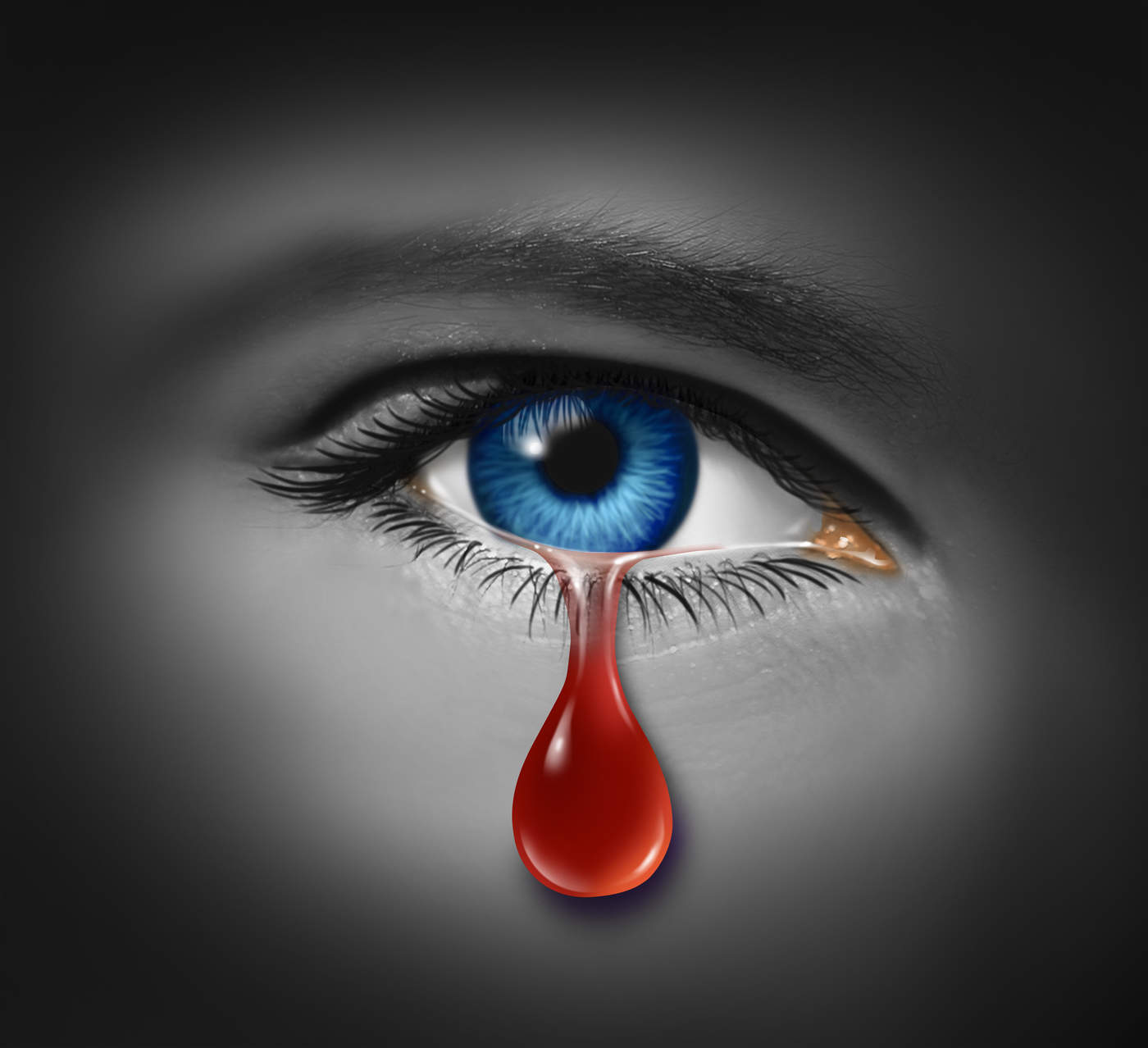Contents:
- Medical Video: DOCS: The Girl Who Cries Blood
- Crying blood is related to menstruation
- Crying blood is not dangerous
Medical Video: DOCS: The Girl Who Cries Blood
Recently, Priya Dias (14), a young woman from Calcutta, India, was reported to have bleeding from her eyes, as if she was crying blood.
A number of cases of "crying blood" are also noted to occur in several parts of the world, including in Indonesia, although medically, this phenomenon is classified as a very rare condition.
Crying blood is related to menstruation
Nose blood, or haemoclaria, is a medical condition that can cause a person to shed tears of blood. The tears that are released vary, ranging from tear drops that are blood red to thick blood flowing from the inside of the eye. The exact cause and treatment of this condition is still uncertain, but it is known to have some links to signs and symptoms of blood disease or tumors.
One of the first cases of haemolacria recorded in medical records was around the 16th century, where an Italian nun complained of bleeding through her eyes while she was menstruating. Then, in 1581, a doctor found a young woman who complained of crying blood, also when she was menstruating.
Modern science is now finding the reason. According to a 1991 study, occult haemoclaria can be caused by menstruation. Eighteen percent of fertile women studied were shown to have blood content in their tear glands, while the probability of crying blood was only found in 7% of pregnant women, 8% in men, and none at all in postmenopausal women. The scientists concluded that occult haemoclaria is caused by changes in body hormones, while other types of haemoclaria can be caused by other external factors.
When a person cries blood, the doctor will look for signs and symptoms of tumors, conjunctivitis, or torn sores in the eyes or tear glands as a possibility of haemolacria.
Crying blood is not dangerous
Dr. Barrett G. Haik, director of Hamilton Tennessee University Eye Institute in Memphis, wrote a medical review published in the journal Ophthalmic Plastic & Reconstructive Surgery about some spontaneous "blood crying" cases. The authors conclude that bleeding tear wounds are an uncommon clinical event, but will eventually disappear on their own. Haik determined that during 1992-2003, there were only four cases of spontaneous haemolacria without a definite cause, and there were two cases of known cause at that time, which were associated with Munchausen syndrome and blood clots.
However, this condition is not a life-threatening medical condition. Haik's colleague, James Fleming, stated, along with growth, the haemolacria could disappear on their own. The frequency (and volume) of bleeding will decrease, subside, and stop altogether as you get older. "In all patients, crying blood eventually subsides without any further periods. No recurrence cases were reported during the period follow-up from the first 9 months to 11 years later, "Haik and Fleming said.
In the case of Priya Dias, the doctor discovered the cause of the crying condition of the blood that he had, namely psychogenic purpura.
"[Psychogenic purpura] is also known as Gardner-Diamond syndrome or autoerythrocyte sensitization, or painful bruising syndrome. This disease is rare and poorly understood. It can be caused by stress and excessive anxiety, "said Pradip Saha, head of the Institute of Psychiatry, Calcutta, who handled the Dias case.
Saha further said that cases of blood crying were common in people who had or had just experienced extreme head trauma. But still, according to this neuropsychiatrist, there is only one case of crying in a few years.
READ ALSO:
- Blood type makes you more at risk of certain diseases
- Is it true that drinking soda makes menstruation finish quickly?
- Is it true that women who are at home / office will have menstruation at the same time?












